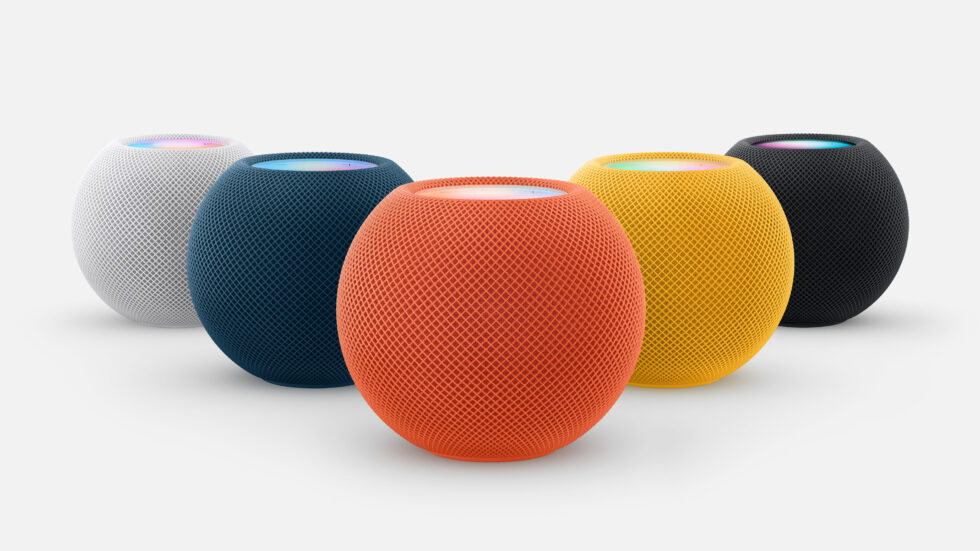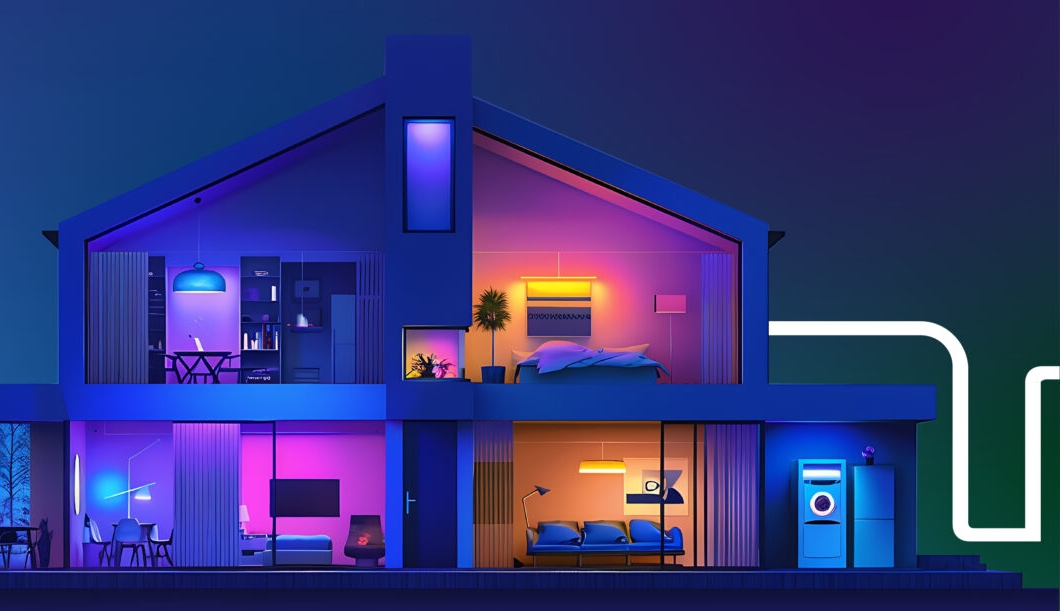Can you get one speaker on Alexa, Google, and Apple's home apps all at once?
Matter, the smart home standard that promises an interoperable future for home automation, even if it's scattered and a bit buggy right now, is out with a new version, 1.4. It promises more device types, improvements for working across ecosystems, and tools for managing battery backups, solar panels, and heat pumps.
"Enhanced Multi-Admin" is the headline feature for anybody invested in Matter's original promise, one where you can buy a device and it doesn't matter if your other gear is meant for Amazon (Alexa), Google, Apple, or whatever, it should just connect and work. With 1.4, a home administrator should be able to let a device onto their network just once, and then have that device picked up by whatever controller they're using. There have technically been ways for a device to be set up on, say, Alexa and Apple Home, but the process has been buggy, involves generating "secondary codes," and is kind of an unpaid junior sysadmin job.
What's now available is "Fabric Sync," which sounds like something that happens in a static-ridden dryer. But "Fabrics" is how the Connectivity Standards Alliance (CSA) describes smart home systems, like Alexa or Google Home. In theory, with every tech company doing their best, you'd set up a smart light bulb with your iPhone, add it to your Apple Home, but still have it be able to be added to a Google Home system, Android phones included. Even better, ecosystems that don't offer controls for entire categories, like Apple and smart displays (because it doesn't make any), should still be able to pick up and control them.
As with pretty much everything else that has been added to Matter, however, it's up to the tech platforms to take up the Matter 1.4 standard, provide a good interface to it, and ensure that its interoperation goals are met. Amazon and Google representatives told The Verge's Jennifer Pattison Tuohy that they were both working to ship a Matter 1.4 update to compatible devices, "early next year" in Amazon's case. Apple did not respond to The Verge, or Ars, regarding its Matter 1.4 plans.

Routers are joining the Thread/Matter melee
A whole bunch of networking gear, known as Home Routers and Access Points (HRAP), can now support Matter, while also extending Thread networks with Matter 1.4.
"Matter-certified HRAP devices provide the foundational infrastructure of smart homes by combining both a Wi-Fi access point and a Thread Border Router, ensuring these ubiquitous devices have the necessary infrastructure for Matter products using either of these technologies," the CSA writes in its announcement.
Prior to wireless networking gear officially getting in on the game, the devices that have served as Thread Border Routers, accepting and re-transmitting traffic for endpoint devices, has been a hodgepodge of gear. Maybe you had HomePod Minis, newer Nest Hub or Echo devices from Google or Amazon, or Nanoleaf lights around your home, but probably not. Routers, and particularly mesh networking gear, should already be set up to reach most corners of your home with wireless signal, so it makes a lot more sense to have that gear do Matter authentication and Thread broadcasting.
Freeing home energy gear from vendor lock-in
Matter 1.4 adds some big, expensive gear to its list of device types and control powers, and not a moment too soon. Solar inverters and arrays, battery storage systems, heat pumps, and water heaters join the list. Thermostats and Electric Vehicle Supply Equipment (EVSE), i.e. EV charging devices, also get some enhancements. For that last category, it's not a moment too soon, as chargers that support Matter can keep up their scheduled charging without cloud support from manufacturers.
More broadly, Matter 1.4 bakes a lot of timing, energy cost, and other automation triggers into the spec, which—again, when supported by device manufacturers, at some future date—should allow for better home energy savings and customization, without tying it all to one particular app or platform.
CSA says that, with "nearly two years of real-world deployment in millions of households," the companies and trade groups and developers tending to Matter are "refining software development kits, streamlining certification processes, and optimizing individual device implementations." Everything they've got lined up seems neat, but it has to end up inside more boxes to be truly impressive.
Hope you enjoyed this news post.
Thank you for appreciating my time and effort posting news every day for many years.
2023: Over 5,800 news posts | 2024 (till end of October): 4,832 news posts
RIP Matrix | Farewell my friend ![]()
- Mutton
-

 1
1



3175x175(CURRENT).thumb.jpg.b05acc060982b36f5891ba728e6d953c.jpg)
Recommended Comments
Join the conversation
You can post now and register later. If you have an account, sign in now to post with your account.
Note: Your post will require moderator approval before it will be visible.